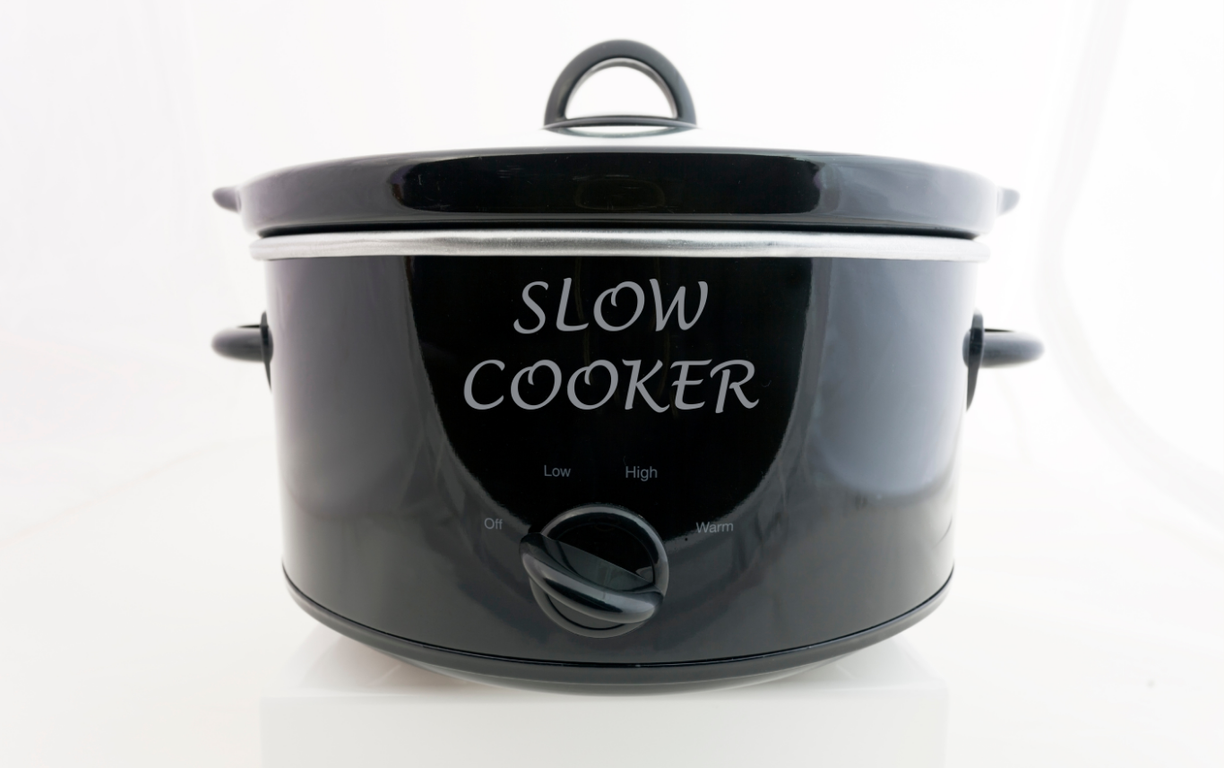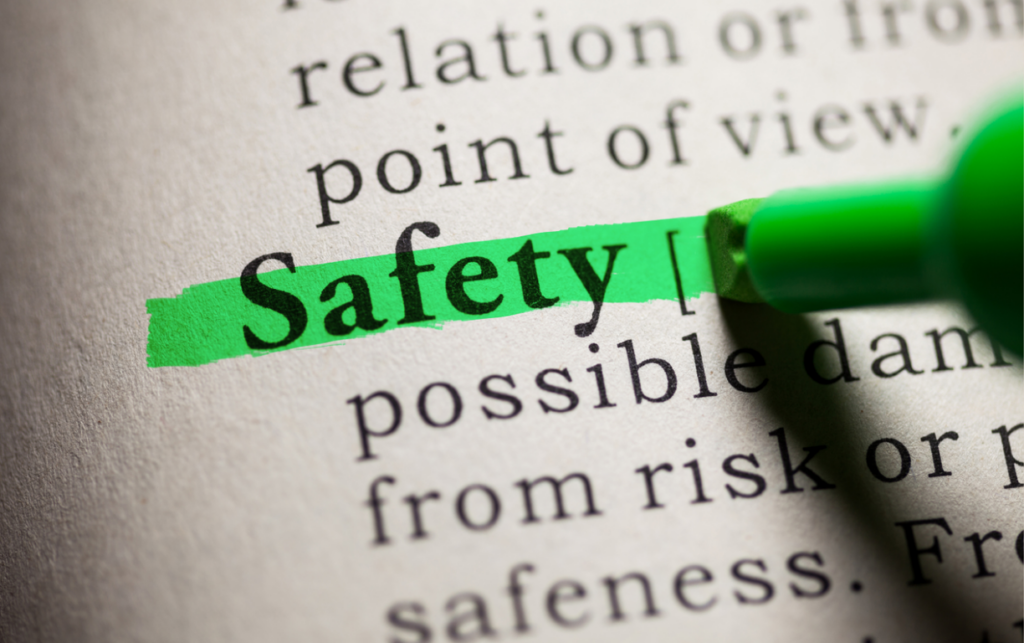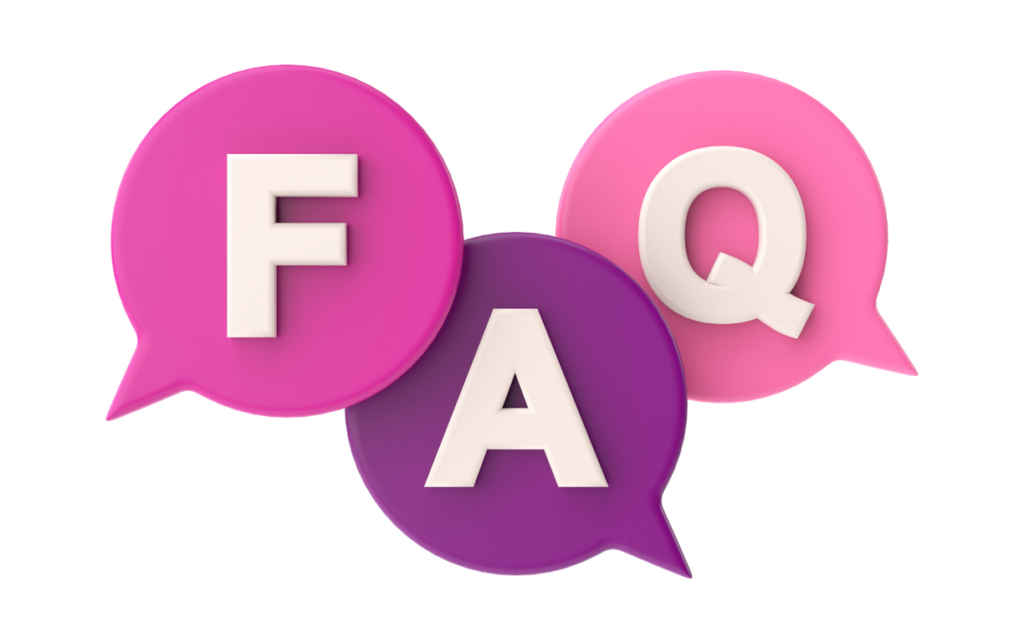Physical Address
304 North Cardinal St.
Dorchester Center, MA 02124
Physical Address
304 North Cardinal St.
Dorchester Center, MA 02124

Crock pots have become a staple in many kitchens, offering convenience and delicious meals with minimal effort. But as you enjoy the ease of slow cooking, you might wonder about their safety. Are these handy appliances truly safe to use, or do they pose hidden risks?
Understanding the safety features and potential concerns of crock pots is essential for every home cook. From food safety to electrical hazards, knowing what to look out for can help you enjoy your favorite recipes without worry. Let’s dive into the facts and clarify any doubts you might have about using your crock pot safely.

Crock pots, or slow cookers, offer convenience but pose some safety concerns. Understanding these risks helps ensure safe use at home.
Crock pots cook food slowly, allowing it to reach safe serving temperatures. However, food needs to stay in the safe temperature zone (140°F to 165°F). Always monitor cooking times:
Crock pots carry electrical risks like any appliance. Follow these tips to prevent hazards:
Understanding the manufacturer’s guidelines enhances safety. Keep these points in mind:
Regular maintenance keeps the crock pot safe and functional. Consider these practices:
By following these guidelines, you can safely enjoy the convenience of crock pots while preparing a variety of delicious meals.
Understanding safety concerns related to crock pots ensures a safer cooking experience. Below are two key areas where you should exercise caution.
Overheating may occur if a crock pot malfunctions or if the cooking time is excessive. Monitor the cooking process to prevent overheating situations. Always use the correct heat settings as indicated in the manufacturer’s instructions. If the exterior of the pot gets excessively hot, unplug it immediately and let it cool down before further use. Regularly check for signs of damage, such as burns or warping, to avoid potential fire hazards.
Power supply safety is vital when using crock pots. Inspect power cords for fraying or damage before each use. Use only grounded outlets, and avoid overloading them with multiple high-wattage appliances. Ensure that the crock pot sits on a stable, heat-resistant surface to prevent spills and accidents. If you notice frequent tripping of circuit breakers when using the crock pot, consult an electrician to assess your electrical system’s safety.
Following proper usage guidelines ensures safe and efficient crock pot operation. Adhering to these practices minimizes risks and enhances your cooking experience.
Always read and follow the manufacturer’s instructions provided with your crock pot. These guidelines include specific settings for cooking times and heat levels, which ensure optimal performance. Check for recommended maximum fill levels, as overfilling can create hazardous cooking conditions. Register your appliance online for recall notifications and additional safety updates.
Maintain safe cooking temperatures between 140°F and 165°F to prevent bacterial growth. Use a food thermometer to verify the internal temperature of meats and poultry. Cook food for the required times, typically 4 to 8 hours, depending on the recipe and heat settings. Avoid removing the lid during cooking, as this can release heat and may lead to longer cooking times, increasing food safety risks. Regularly monitor the temperature to maintain safety standards.
Cleaning and maintaining your crock pot extends its lifespan and ensures safe usage. Follow these practices to keep your appliance in top condition.
While crock pots offer convenience, several problems may arise during use. Understanding these issues helps ensure safe and effective cooking.
Burned food can occur due to incorrect temperature settings or extended cooking times. You must maintain proper heat settings; low settings typically range from 190°F to 210°F, while high settings range from 280°F to 300°F. You risk burning your food if you exceed recommended cooking times, especially for delicate items like vegetables or dairy products. Always use a food thermometer to monitor internal temperatures and adjust cooking times to prevent burning.
Electrical failures pose significant risks when using crock pots. Inspect power cords before use for fraying or damage; a damaged cord can lead to short circuits or fires. Always use grounded outlets, and avoid overloading circuits with multiple high-wattage appliances. Regularly check the crock pot for signs of wear or malfunction, as outdated appliances might not meet current safety standards. By following these guidelines, you greatly reduce the risk of electrical issues while enjoying your crock pot meals.
Using a crock pot can be a safe and enjoyable way to prepare meals. By following the guidelines outlined in the article you can minimize risks and ensure delicious results. Maintaining safe cooking temperatures and regularly inspecting your appliance are key steps in preventing issues.
Remember to adhere to manufacturer instructions for optimal performance and proper maintenance. With the right precautions you can confidently make the most of your crock pot while savoring the convenience it offers. Enjoy your cooking adventures and the tasty meals that await!

A crock pot, also known as a slow cooker, is an electric appliance that cooks food slowly using low heat. It consists of a ceramic or porcelain pot surrounded by a heating element, allowing for even heat distribution. This method is great for tenderizing meats and infusing flavors in meals while requiring minimal effort.
Yes, crock pots are generally safe when used correctly. To ensure safety, maintain cooking temperatures between 140°F and 165°F, follow the manufacturer’s guidelines, and regularly inspect for any electrical issues. Proper care and maintenance are essential for safe operation.
To maintain your crock pot, unplug it before cleaning, let it cool, and wash removable parts with warm soapy water. Regularly check power cords for damage, inspect seals, and follow manufacturer recommendations for cleaning and storage to prolong its lifespan.
Common safety concerns include overheating and electrical hazards. To prevent these issues, monitor cooking temperatures, follow recommended heat settings, and ensure power cords are intact. Avoid using a damaged cord and position the crock pot on a stable, heat-resistant surface.
To prevent burnt food, use the correct temperature setting and adjust cooking times based on the recipe. Monitor the internal temperature with a food thermometer and avoid lifting the lid during cooking, as this can reduce heat and prolong cooking time.
Yes, you can leave your crock pot unattended as long as you follow safety guidelines. Ensure it is set to the right temperature and placed on a stable surface, but it’s always good practice to check on it occasionally to prevent any overheating issues.
To ensure food safety, always cook food to the recommended internal temperatures, avoid leaving it in the “danger zone” (below 140°F) for extended periods, and do not lift the lid during cooking. Use a food thermometer to verify proper cooking temperatures.
To extend your crock pot’s life, clean it regularly, avoid using metal utensils that can scratch the surface, and store it properly. Follow manufacturer guidelines for care and usage to minimize wear and tear, ensuring years of reliable cooking.